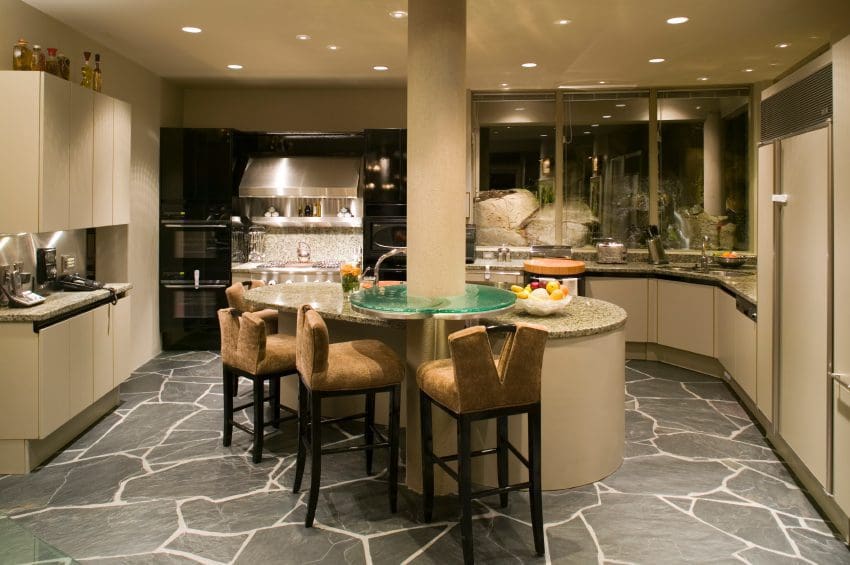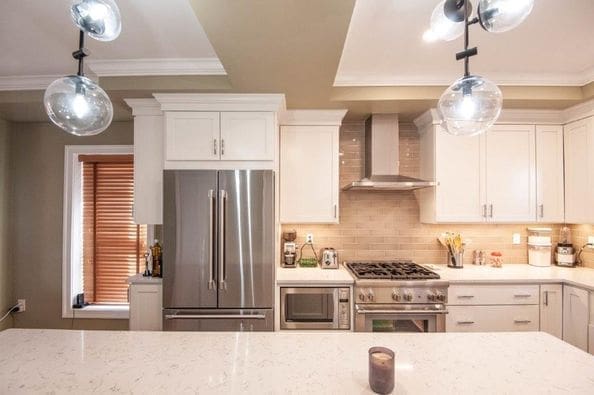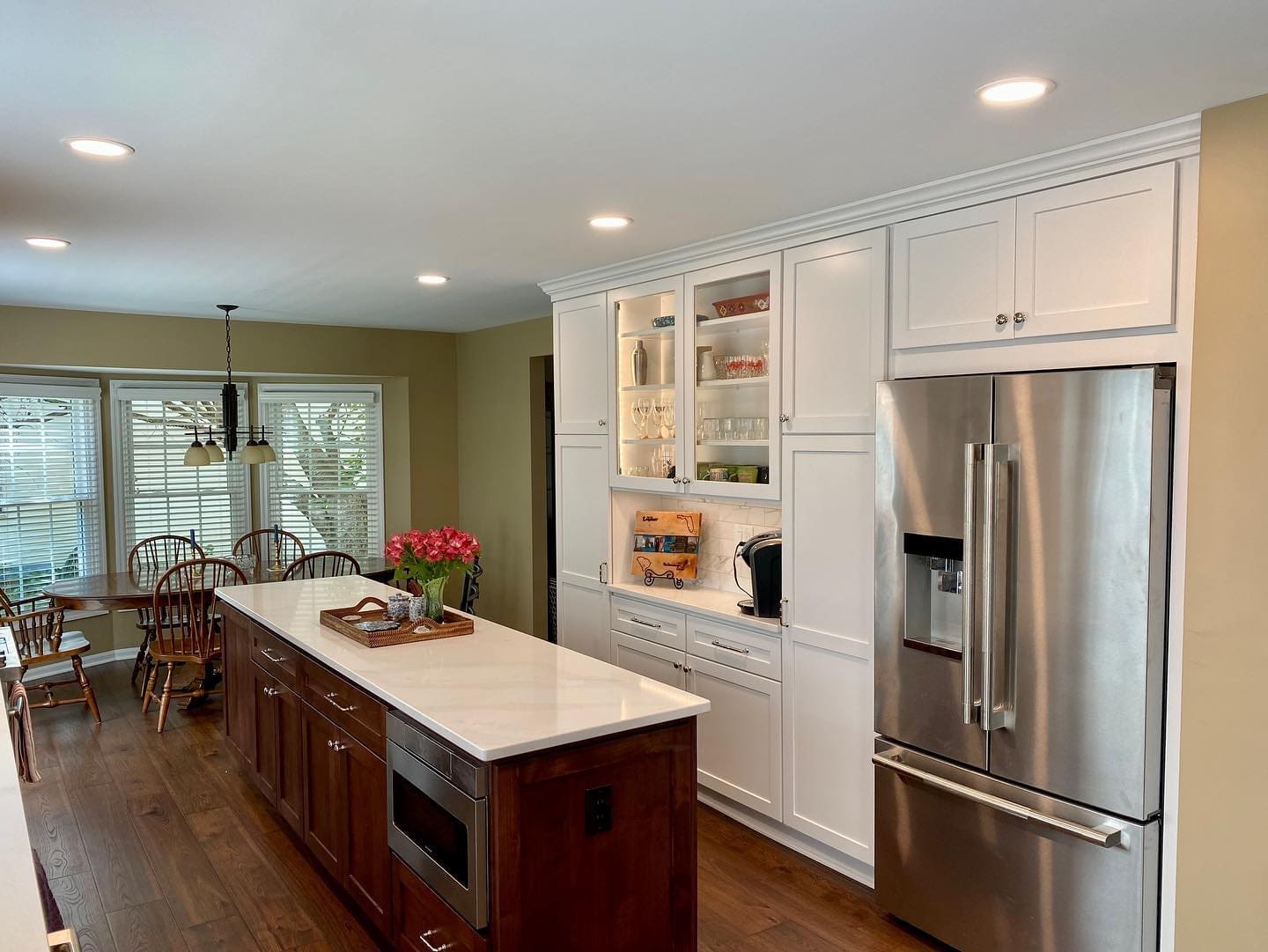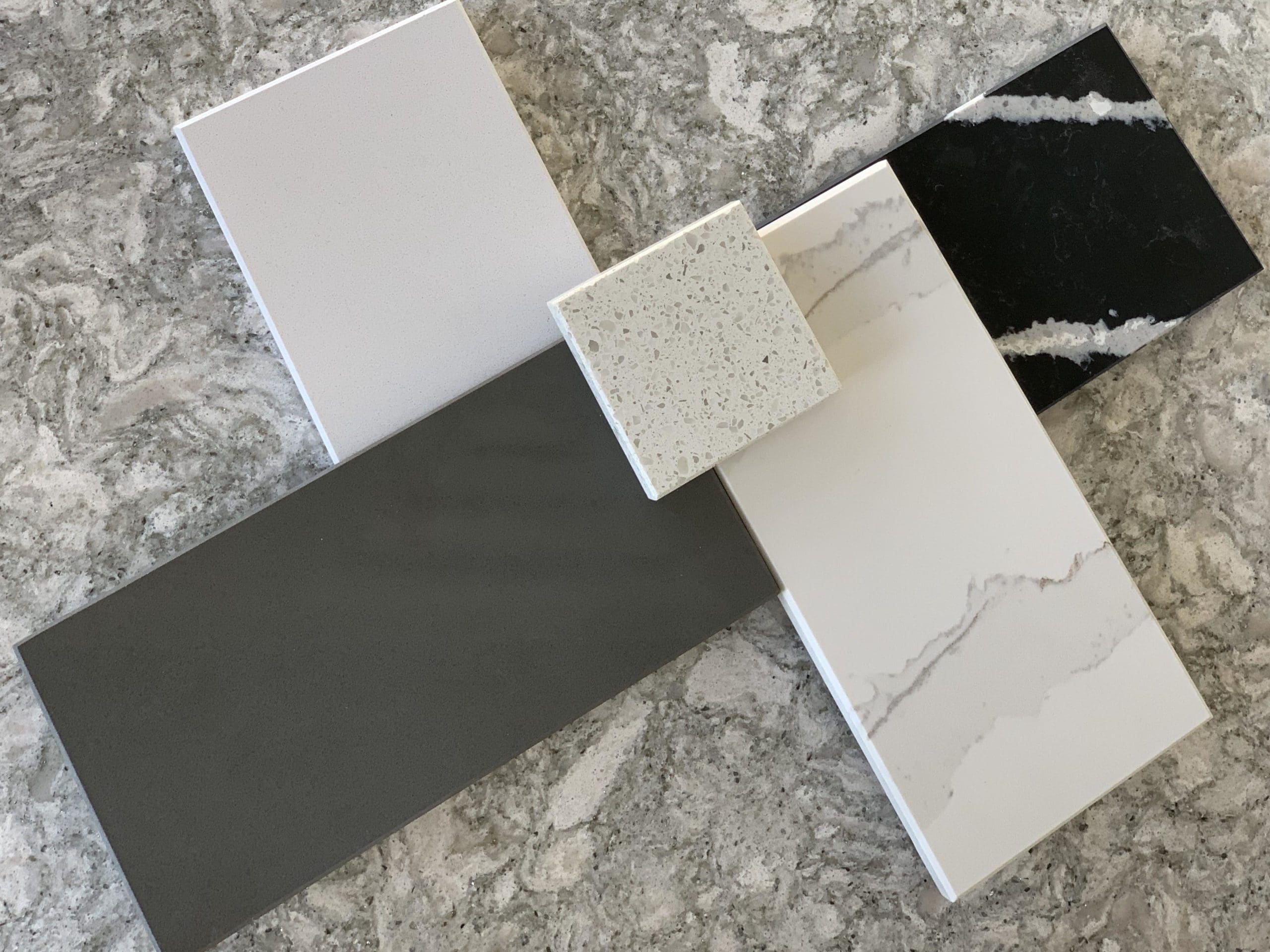 If you have ever traveled to the ancient buildings of southern Europe and the Middle East, where civilizations began, you’ll note that every single floor is stone or tile. Granted, given the geographical location of these structures–that stone, sand and clay are so plentiful here–it’s easy to argue that this flooring choice was one of convenience rather than preference. On the other hand, if you observe how beautiful these floors still look, and how well they respond to restoration, you’ll appreciate the long-term value that’s associated with tile and stone flooring. Although stone and tile flooring is not necessarily the best choice for every kitchen in America, it certainly presents some unique decorating options and inherent performance traits which qualify it as a frontrunner in this application.
If you have ever traveled to the ancient buildings of southern Europe and the Middle East, where civilizations began, you’ll note that every single floor is stone or tile. Granted, given the geographical location of these structures–that stone, sand and clay are so plentiful here–it’s easy to argue that this flooring choice was one of convenience rather than preference. On the other hand, if you observe how beautiful these floors still look, and how well they respond to restoration, you’ll appreciate the long-term value that’s associated with tile and stone flooring. Although stone and tile flooring is not necessarily the best choice for every kitchen in America, it certainly presents some unique decorating options and inherent performance traits which qualify it as a frontrunner in this application.
Tile or Stone Flooring, What Works in Your Home?
The first thing you need to explore, long before you choose between stone or tile, is to examine yourself and your family and assess your ‘normal’ living patterns and personal tolerance levels of a maintenance regimen. In choosing between tile or stone flooring, this is probably the most critical variable to entertain. Either flooring option comes with its own set of maintenance rules which are related to both, short, and long term, propositions. Keep in mind that, should your assessment reveal that you’re more of a tile family while you had your heart set on a particular stone, there will be a number of tiles that will likely replicate the chosen stone visual with the performance features of tile. In short, your compromise may be very minimal. Conversely, your aesthetic boundaries may indicate that only natural stone will work in your kitchen; but sadly, you are also a ‘tile family’ and a granite ‘replica’ just won’t do. In these cases, consider integrating real stone feature tiles, strips or borders–of that granite, let’s say–into your tile floor. Problem solved!
The modular nature of tile lends itself to an extremely personalized expression potential of your kitchen floor. With a limitless selection of colors, sizes and textures available to the consumer, the only style limitation would be realized in the creativity of the person in charge of design. Stone, being a natural formation, will have some innate parameters with regards to colorations associated within the ‘species’ of the stone. For example, finding shades of blue in limestone isn’t realistic nor is russet found in soapstone. However, there’s nothing wrong with taking advantage of the modularity feature of stone tiles and integrating several ‘blue eyes’ granite tiles into that limestone floor, introducing a bright blue or dropping several Rojo Alicante marble tiles in company of the soapstone tiles to introduce that russet color you need. As with any natural product, expect that there will be some strong and significant variations in color and depth of color from tile to tile. If you find this inherent feature to be unacceptable, then you should look at man-made tiles instead.
What to Expect with Tile and Stone Flooring
Stone, by nature, is a permeable surface; and when used in the home for counter or flooring material it requires that the product be modified in the form of sealers and dressings in order to keep it free from contamination. Stone also responds to ‘burnishing’ which is a practice which uses a high-speed grinding tool to create a sheen, polish, to the surface of the stone without utilizing a topical chemical or dressing. This practice creates shine, however, and does not necessarily affect the natural permeability of the stone. It’s a method that’s more commonly used to restore a stone that has been severely scratched and is considered more of a resurfacing process.
Glazed Ceramic tile or porcelain, by contrast, arrives as an impermeable surface that is a component feature of the tile’s manufacturing process. Glazed floor tiles are extremely resilient to staining agents and present a surface durability that can typically withstand the aggravated assault posed by heavy traffic and sand. Maintenance neglect or excessive levels of sand or dirt on the floor will scratch these tiles; but these conditions will compromise any flooring surface. While stone can be resurfaced, glazed ceramic and porcelain tiles cannot be.
Whether you choose a stone tile or a glazed tile, you’re opting for a kitchen flooring surface that has truly proven its worthiness in applications of longevity and beauty. The arguable weakness that is associated with both stone and tile flooring is not actually the tiles themselves, but the grout joint that abuts each and every tile. The grout, typically a cement-based product, is quite porous and very vulnerable to contaminants; and such conditions will, in fact, support and harbor mold and mildew growth. Addressing grout joints with a high quality sealer on a regular basis is a sound means to avert any problem of this nature and this should be a diligent part of your stone or tile flooring maintenance regimen. Take these cautions into consideration and practice, and enjoy your tile or stone floor for the next few centuries!












